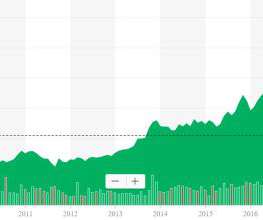AltFin’s Bumpy Ride Into An Uncertain 2019
PYMNTS
DECEMBER 28, 2018
consumers owe roughly 26 percent of their annual income to debt, up from 22 percent in 2010. These secretly vulnerable consumers, Webster noted, often use debt to make ends meet, either on credit cards or through alternative vehicles like online lenders. According to the Federal Reserve , U.S. That amounts to $13.2 trillion, up 18.5
























Let's personalize your content